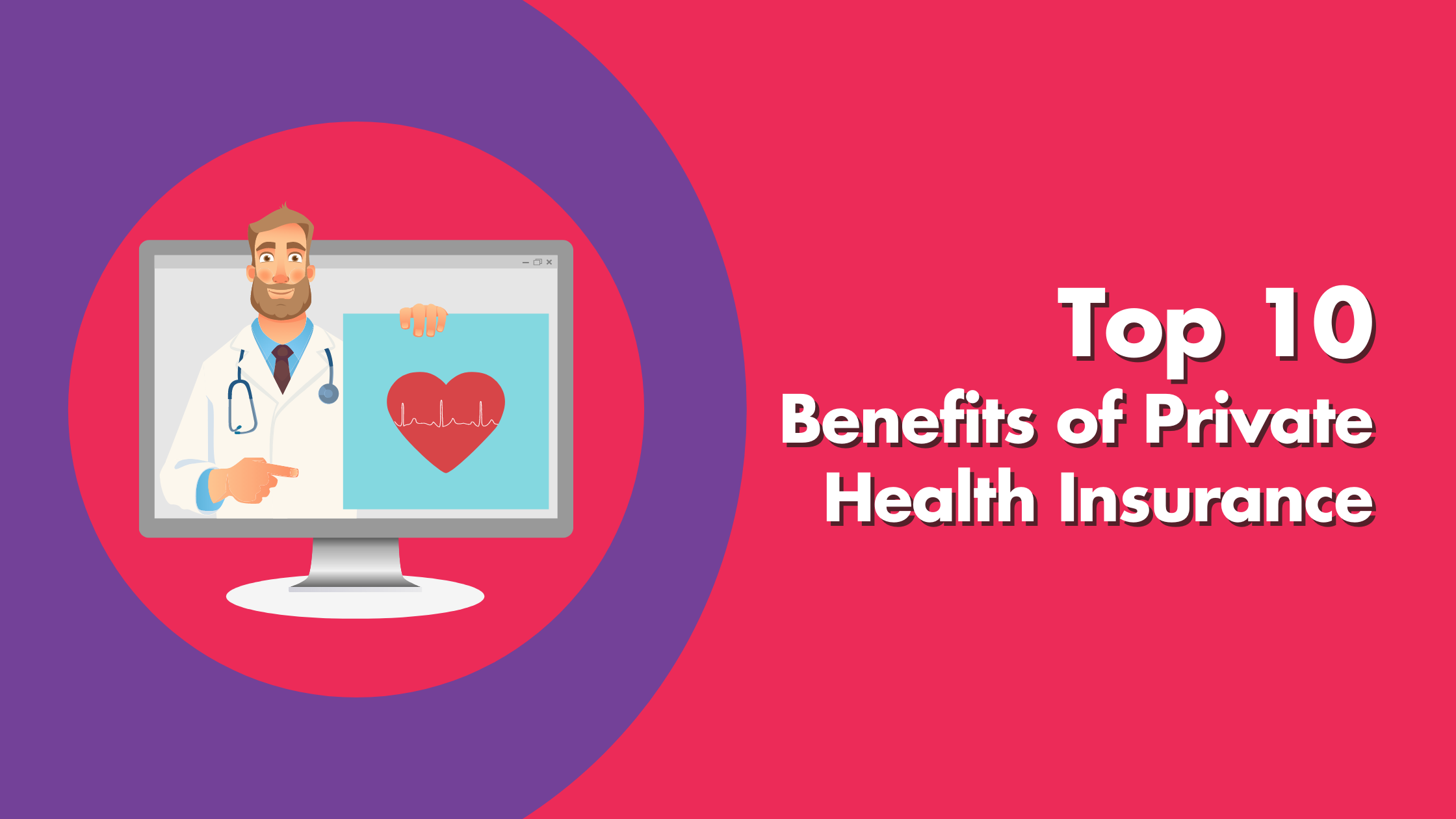Little Known Facts About Medicare Advantage Agent.
Little Known Facts About Medicare Advantage Agent.
Blog Article
The Basic Principles Of Medicare Advantage Agent
Table of ContentsThe Ultimate Guide To Medicare Advantage AgentThe Single Strategy To Use For Medicare Advantage Agent8 Simple Techniques For Medicare Advantage Agent
:max_bytes(150000):strip_icc()/types-of-employee-benefits-and-perks-2060433-Final-edit-60cedb43c4014fdeb51aa3cd3c25f027.jpg)
follows from adheres to the relatively young age profile of the uninsured with the better healthFar better wellness average, of younger persons. For those without access to work environment wellness insurance policy, poor wellness is a possible obstacle to purchasing nongroup insurance coverage due to the fact that such coverage might be very priced, exclude pre-existing problems, or be simply inaccessible. Unless or else kept in mind, nationwide quotes of individuals without wellness insurance policy and percentages of the populace with various kinds of protection are based on the CPS, the most commonly utilized resource of quotes of insurance policy coverage and uninsurance prices.

Rumored Buzz on Medicare Advantage Agent
Over a three-year period beginning early in 1993, 72 million people, 29 percent of the united state population, lacked insurance coverage for at least one month. Within a single year(1994), 53 million people experienced a minimum of a month without coverage(Bennefield, 1998a). 6 out of every 10 uninsured grownups are themselves used. Although functioning does improve the likelihood that one and one's household members will certainly have insurance coverage, it is not a guarantee. Even participants of families with two permanent breadwinner have almost a one-in-ten opportunity of being uninsured (9.1 percent without insurance rate)(Hoffman and Pohl, 2000 ). The partnership between medical insurance and access to care is well developed, as recorded later in this phase. Although the relationship in between wellness insurance policy and health and wellness outcomes is neither direct nor simple, a substantial professional and wellness services study literary works web links medical insurance protection
to better accessibility to care, much better high quality, and enhanced individual and population health status. The second record, on personal wellness end results for uninsured adults, is represented by the inner circle of the number, while the 3rd record, on family wellness, incorporates the topics of the second report yet stresses a various system of evaluation, specifically, the family. The sixth record in the series will offer info about techniques and initiatives carried out locally, statewide, or country wide to address the lack of insurance coverage and its negative influences. Levels of analysis for analyzing the results of uninsurance. This discussion of medical insurance protection concentrates mostly on the united state population under age 65 due to the fact that basically all Americans 65 and older have Medicare or other public coverage.
It concentrates particularly on those without any kind of health and wellness insurance policy for any length of time. The problems dealt with by the underinsured remain in some areas comparable to those encountered by the uninsured, although they are typically much less serious. Uninsurance and underinsurance, however, entail definitely different policy problems, and the strategies for resolving them may vary. Throughout this study and the 5 records to follow, the main emphasis is on individuals without any medical insurance and thus no support in paying for health and wellness treatment Web Site beyond what is readily available through charity and safeguard institutions. Wellness insurance is an effective variable affecting invoice of treatment since both patients and doctors react to the out-of-pocket cost of services. Medical insurance, however, is read the full info here neither required neither sufficient to access to clinical services. Nonetheless, the independent and straight result of health
insurance policy coverage on accessibility to health services is well developed. Others will certainly obtain the wellness treatment they need also without medical insurance, by paying for it out of pocket or seeking it from carriers that provide care complimentary or at very subsidized rates. For still others, health insurance coverage alone does not make certain receipt of care as a result of other nonfinancial obstacles, such as a lack of wellness care suppliers in their neighborhood, minimal access to transport, illiteracy, or etymological and social differences. Official study regarding uninsured populations in the USA dates to the late 1920s and very early 1930s when the Board on the Cost of Medical Care created a series of records about funding doctor office check outs and hospitalizations. This problem ended up being salient as the numbers of clinically indigent climbed up during the Great Anxiety. Empirical research studies consistently sustain the link in between accessibility to care and boosted health end results(Bindman et al., 1995; Starfield, 1995 ). Having a routine source of treatment can be considered a forecaster of access, rather than a direct action of it, when health results are themselves used as gain access to indicators. This expansion of the notion of gain access to dimension was made by the IOM Committee click this on Keeping Track Of Gain Access To to Personal Health And Wellness Care Solutions(Millman, 1993, p. Whether or not moms and dads are guaranteed appears to affect whether their youngsters get care as well as just how much careeven if the kids themselves have insurance coverage(Hanson, 1998). The health of moms and dads can impact their ability to care for their kids and the level of household tension. Bothering with their children's access to care is itself a source of tension for moms and dads. Three phases adhere to in this record. Phase 2 offers an overview of how employment-based health and wellness insurance coverage, public programs and individual insurance policy plans operate and connect to provide extensive but insufficient coverage of the U.S. populace. This consists of a testimonial of historical patterns and public policies influencing both public and private insurance, a discussion of the communications amongst the various sorts of insurance, and an exam of why individuals move from one program to another or wind up

Report this page